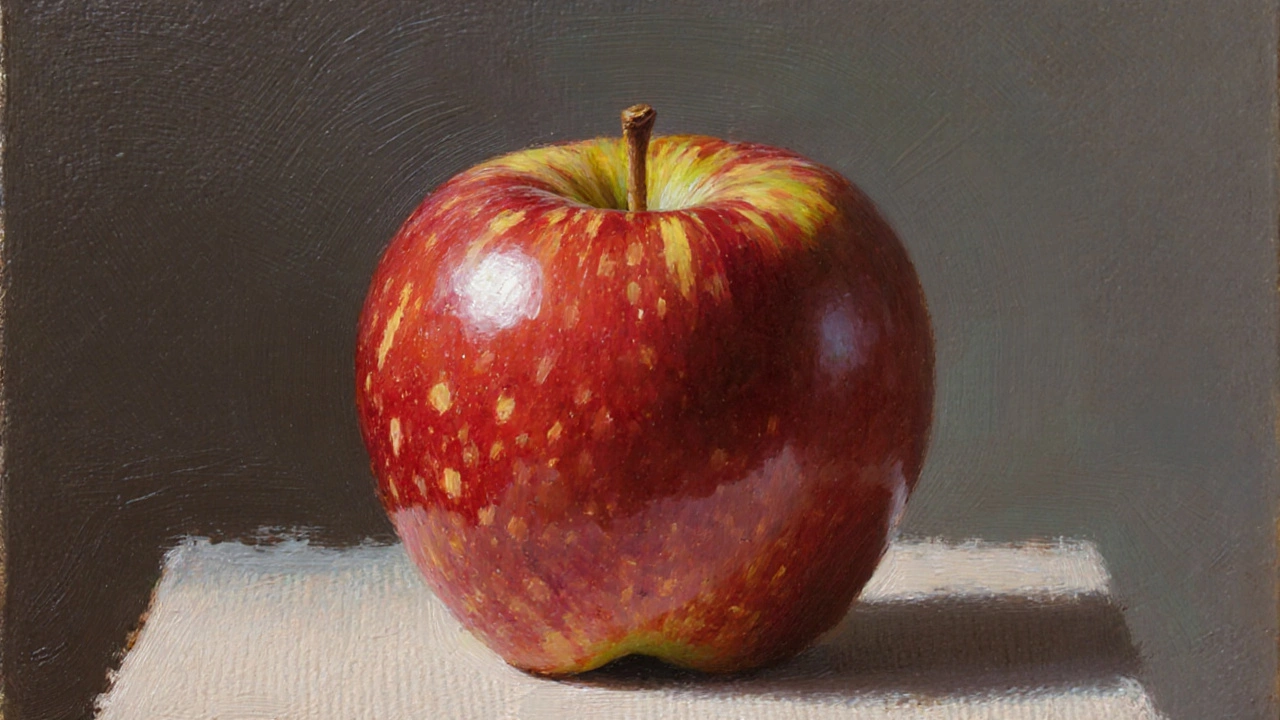Difficult Painting Techniques: Tackle the Toughest Methods
When tackling Difficult Painting Techniques, methods that push the limits of skill, patience, and material mastery. Also known as hard painting methods, they challenge artists to blend theory with practice. These techniques aren’t just gimmicks; they shape how a painting feels, how colors interact, and whether a piece stands the test of time. If you’re curious why some canvases look effortless while the process was a battle, the answer lies in the tools, the medium, and the disciplined workflow behind each brushstroke.
Why Mastering the Hard Stuff Pays Off
One of the biggest hurdles is Oil Painting, a medium that demands precise mixing, proper drying times, and careful layer management. The golden rule in oil painting—using the right ratio of solvent to pigment—can mean the difference between a luminous glaze and a cracked mess. Artists who conquer oil’s complexities often unlock richer texture and deeper color saturation, which is why galleries still prize oil works. Another demanding arena is Watercolor Painting, a fluid medium where water‑to‑pigment balance decides whether a wash stays translucent or turns into a muddy puddle. Watercolor forces you to think ahead; every wash interacts with the paper’s grain, and mistakes are hard to erase. Mastery here builds confidence that transfers to any wet medium.
Historical techniques add another layer of difficulty. The Goya Technique, a blend of rapid underpainting, tonal contrast, and subtle glazing inspired by Francisco Goya, requires both speed and subtlety. Artists must lay down a dark base, then lift highlights with delicate strokes, creating depth that feels almost three‑dimensional. Knowing when to switch from a broad gestural pass to a fine detail is essential, and the learning curve is steep. Yet, once you get it, the visual impact rivals any modern digital effect.
These three pillars—oil, watercolor, and the Goya method—are tightly linked. difficult painting techniques encompass oil painting’s layering, watercolor’s fluid control, and the Goya technique’s tonal mastery. Each demands a different set of tools: quality brushes for oil, soft pads for watercolor, and a specific palette of pigments for Goya’s dark‑light play. Understanding how these tools interact with the medium creates a feedback loop that sharpens your overall skill set. Moreover, when you blend concepts—like using oil‑based glazing ideas in watercolor—it expands creative possibilities beyond traditional boundaries.
Below you’ll find a curated collection of articles that dive deeper into pricing digital art, Etsy trends, contemporary art forms, and more. Together they paint a full picture of where hard‑core techniques sit in today’s market, how they influence pricing, and which styles are resonating with buyers. Ready to see how the toughest methods shape the most rewarding outcomes? Keep scrolling to discover practical tips, real‑world examples, and actionable advice that will help you turn challenging techniques into your artistic advantage.
